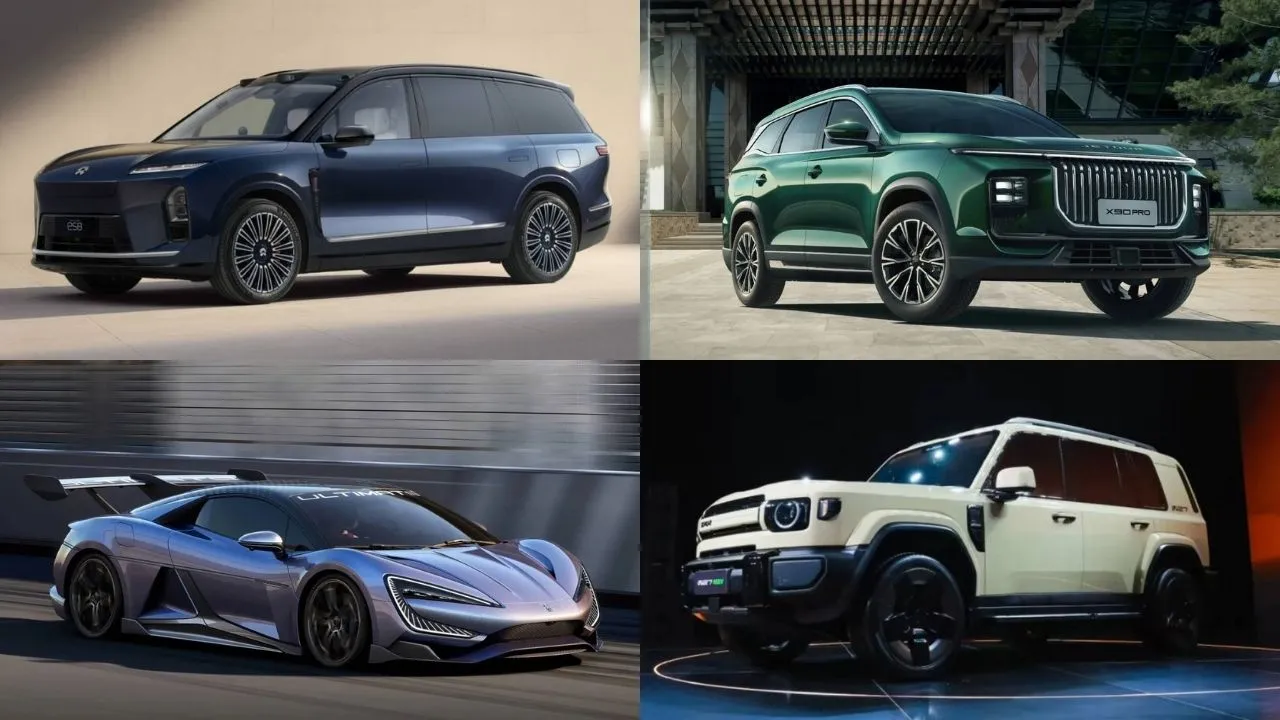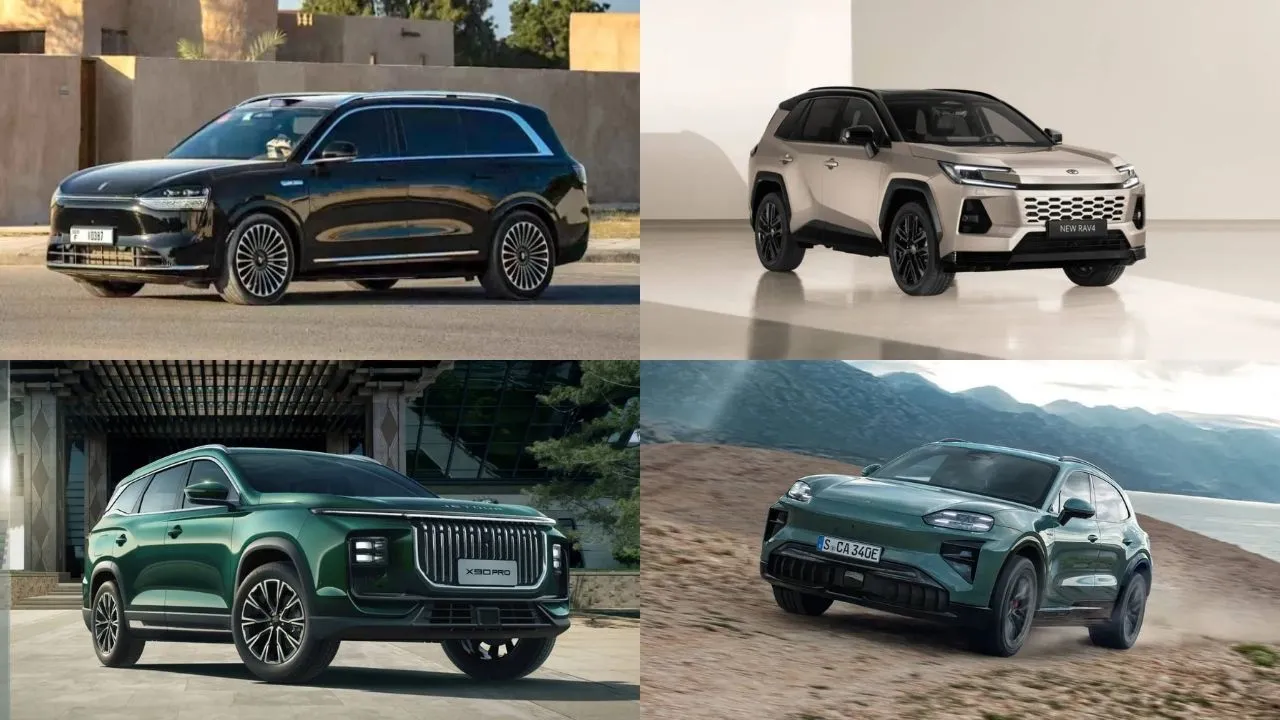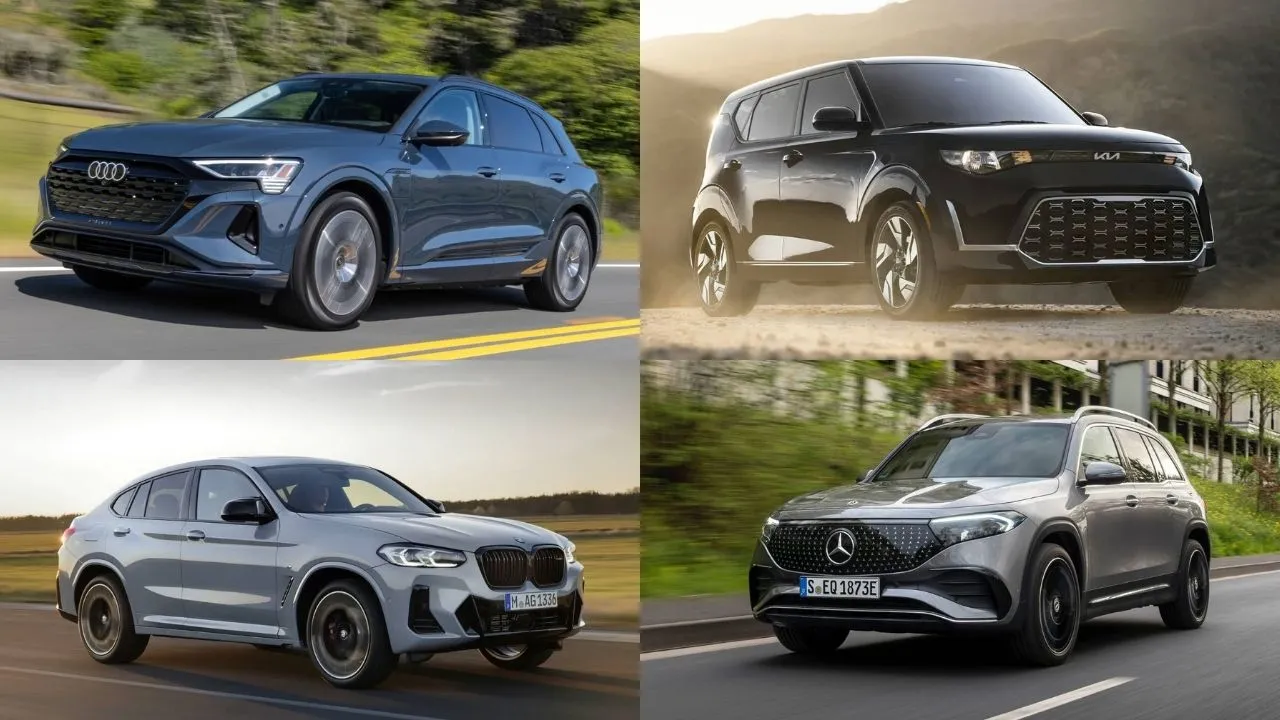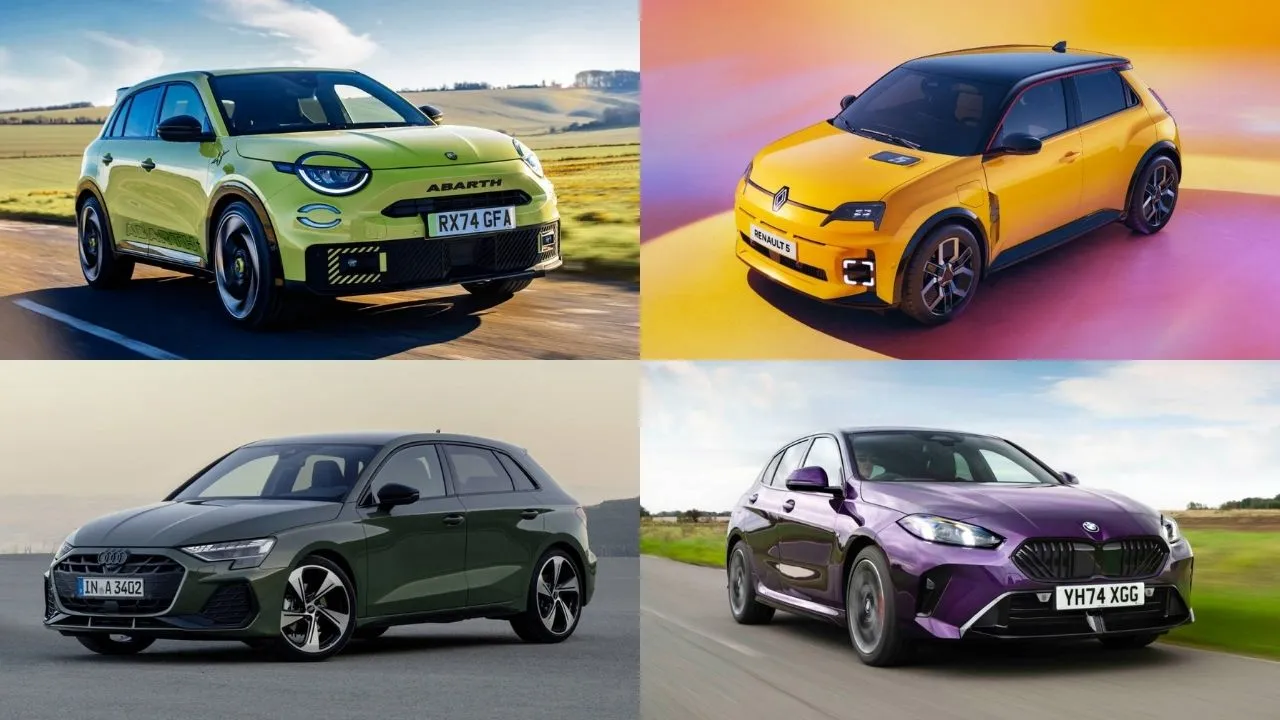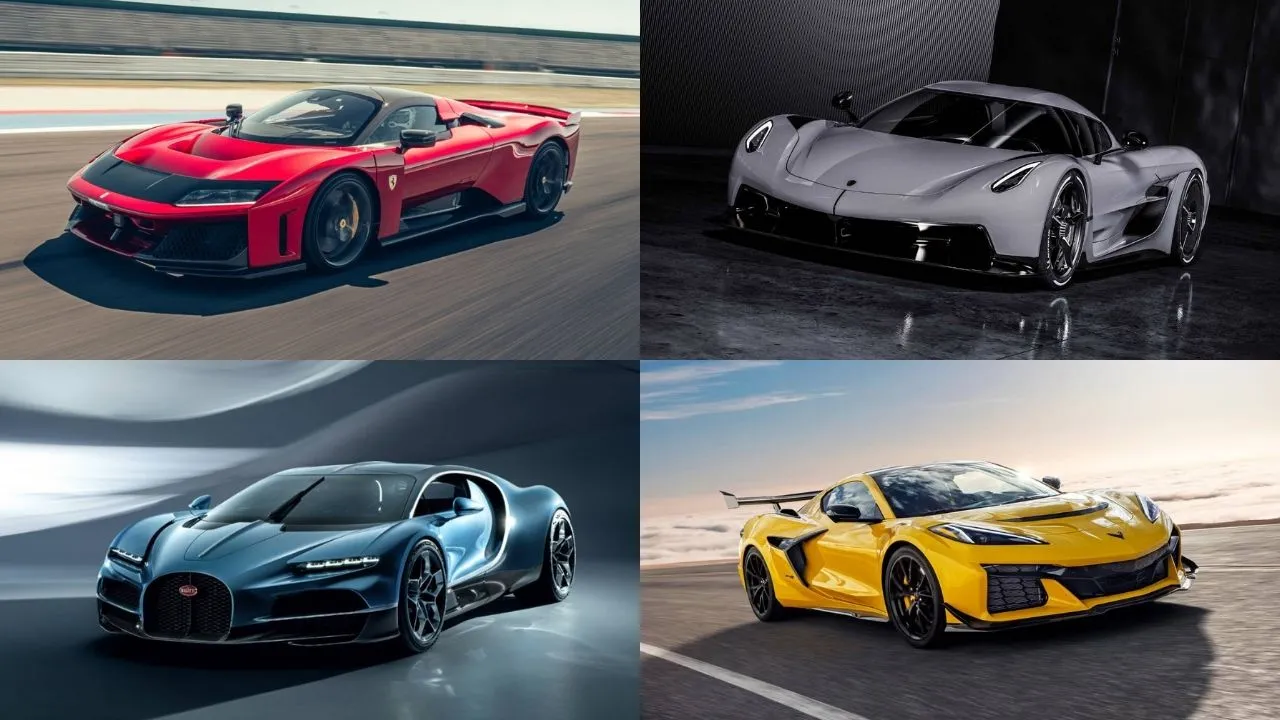Nissan Z History & Generations: 240Z, 280Z, 300ZX, 350Z, 370Z & More
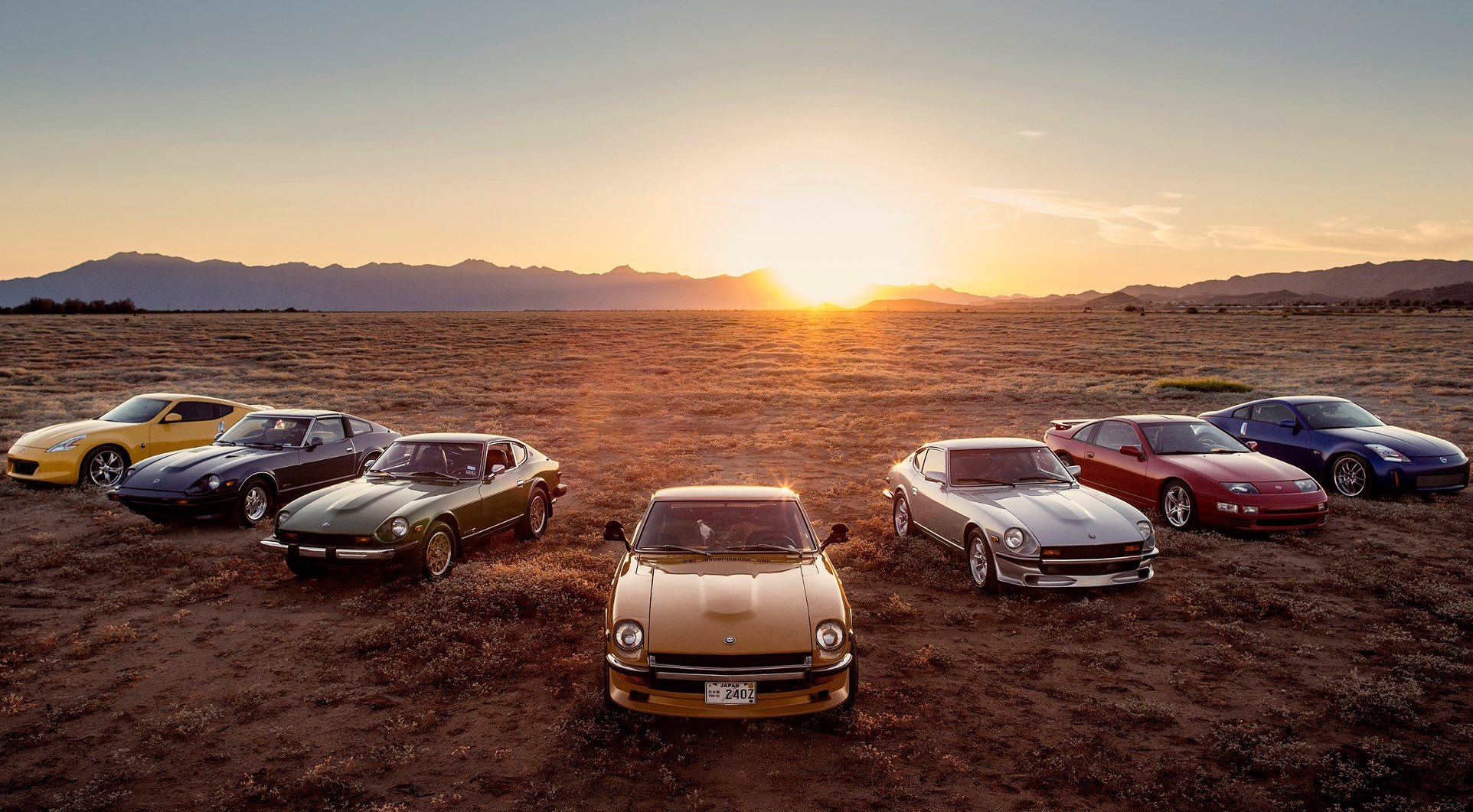
The Nissan Z is a sports car produced by Nissan since 2022. However, to enthusiasts, the new car is only a continuation of an iconic line of sports cars — the Nissan Z series. With legendary models like the 240Z, 280Z, 300ZX, 350Z, and 370Z, it’s safe to say the Nissan Z is the most successful sports car lineup to have ever come from Japan.
Since the introduction of the first generation in 1969, the Nissan Z has evolved through multiple generations, each leaving a distinct mark on the automotive landscape. In this article, we will take a closer look at the history and evolution of the Nissan Z, exploring the key features and milestones of each generation.
Origins Of The Nissan Z
Established in the 1930s, Nissan remained a relatively small car manufacturer for the next couple of decades. Although it grew as a brand, the brand didn’t have anything notable to sell until the first Nissan Patrol was launched in 1951. Read all about the history, generations, models & more of the Nissan Patrol here.

In order to increase its popularity and compete better with European car manufacturers, in the 60s, Nissan decided to launch a new sports car. The brand partnered with Yamaha to design this new sports car and came up with the Yamaha YX-30 prototype. However, Nissan found the Yamaha 2.0-litre engine to be underpowered and the project was scrapped.
Yamaha then modified the design and took it to Toyota, which resulted in the launch of the Toyota 2000GT. Nissan then decided to compete with the Toyota sports car and this in turn led to the development of the Nissan Z.
First Generation — 240Z, 260Z & 280Z | 1969 – 1978
The journey of the Nissan Z began in 1969 with the launch of the first-generation model, the 240Z. It was known in Japan as the Fairlady Z, inspired by the Datsun Fairlady. Designed by Yoshihiko Matsuo, the 240Z combined sleek styling with impressive performance, making it an instant hit. Powered by a 2.4-litre inline-six engine, the 240Z delivered a thrilling driving experience.

Building on the success of the 240Z, Nissan introduced the 260Z in 1974, powered by a 2.6-litre straight-six engine. In 1975, the 280Z was launched featuring a larger 2.8-litre engine. However, all of them were known by the Fairlady Z name in Japan. These early Z models left an indelible mark on the sports car segment, earning a reputation for reliability and performance.
Second Generation — 280ZX | 1978 – 1983
In 1978, Nissan ushered in the second generation of the Z series with the introduction of the 280ZX. This iteration marked a departure from the pure sports car ethos of its predecessor, as Nissan aimed to cater to a broader market by adding more comfort and refinement.

The Nissan 280ZX featured a longer wheelbase, a more aerodynamic design, and a choice of engines that for the first time, included a turbocharged option. Buyers could pick between NA and Turbo versions of a 2.0-litre inline-6 or a 2.8-litre inline-6 in Japan, while other international markets only got the larger motor.
The 280ZX was well-received for its improved interior quality and a range of modern features, including power windows, cruise control, and an available T-bar roof. While some purists lamented the move towards a grand touring direction, the 280ZX successfully attracted a new audience while retaining the Z’s spirit.
Third Generation — 300ZX (Z31) | 1983 – 1989
The third generation of the Nissan Z arrived in 1983 with the introduction of the 300ZX (Z31). This model represented a significant leap forward in terms of technology and design. With a distinctive wedge-shaped profile, lovely pop-up headlights, and a digital dashboard, the 300ZX showcased the automotive advancements of the era.

Nissan’s commitment to innovation was evident in the inclusion of features like a four-wheel steering system and an electronically adjustable suspension. Under the bonnet, the 300ZX featured a range of engines, including a 3.0-litre V6 that was available in NA, Turbo, or DOHC variants. This was also where the legendary 2.0-litre inline-6 RB20DET engine debuted.
Fourth Generation — 300ZX (Z32) | 1989 – 2000
The 300ZX (Z32) was an evolution of the 300ZX (Z31) in terms of the design. It retained the wedge shape but featured a more refined and aerodynamic styling. Engine options included the 3.0-litre V6 and 3.0-litre twin-turbo V6.

Notable advancements included the introduction of a Super-HICAS (Super High Capacity Actively Controlled Suspension) system, which enhanced handling, and an advanced four-wheel steering system. The 300ZX Z32 also gained accolades for its safety features, such as dual airbags and an advanced ABS unit.
Fifth Generation — 350Z (Z33) | 2002 – 2008
As the new millennium dawned, Nissan introduced the fifth generation of the Z series with the 350Z (Z33) in 2002. Returning to a more simplified design, the 350Z paid homage to the original 240Z while embracing modern performance standards. Under the bonnet, a 3.5-litre V6 engine delivered power to the rear wheels via a 5-speed automatic or a 6-speed manual gearbox.

The Nissan 350Z was lauded for its responsive handling and driver-focused interior. It became a symbol of Nissan’s commitment to delivering a pure sports car experience. The 350Z’s success on the racetrack, coupled with its distinctive styling, solidified its place as a modern classic among sports car enthusiasts.
Sixth Gen — 370Z (Z34) | 2008 – 2021
In 2008, Nissan introduced the sixth-generation model — the 370Z (Z34). It is probably the most iconic generation of the Nissan Z series. This iteration retained the essence of its predecessors while embracing contemporary design elements and technology. The 370Z featured a more powerful 3.7-litre V6 engine, refined aerodynamics, and an upgraded suspension system.

With a shorter wheelbase and a focus on weight distribution, the Nissan 370Z emphasized agility and responsiveness. Transmission duties were handled by either a 7-speed automatic or a 6-speed manual. Nissan offered a variety of configurations, including a convertible option, expanding the appeal of the Z series to a broader audience. The 370Z’s continued success demonstrated Nissan’s ability to evolve the Z while staying true to its performance-oriented roots.
Seventh Generation — Z (RZ34) | 2022 – Present
The seventh generation of the Nissan Z, known simply as the Z, made its debut in 2022. This model marked a return to the roots of the Z series, blending modern technology with a design inspired by the iconic 240Z. The Z retains its front-engine, rear-wheel-drive layout and features a 3.0-litre twin-turbo V6 engine, delivering an impressive balance of power and efficiency.

In terms of design, the Z pays homage to the past with distinctive headlights reminiscent of the 240Z and a sleek, flowing profile. The interior received a technological overhaul, incorporating the latest infotainment and driver-assistance features while maintaining a driver-centric layout.
Most Popular Nissan Z Generations In The UAE
The Nissan 350Z, 370Z, and Z are the most popular generations of the Nissan Z series in the UAE. However, classic car enthusiasts prefer the older generations. The 240Z, 280Z, and 300ZX are much-loved and cherished by those who are into the charm offered by older cars.
Find new Nissan Z models for sale in the UAE and used Nissan Z models for sale in the UAE.
Also Read:
– Here’s Why You Need To Sell Your Car Sooner Than Later
– Pontiac Catalina Review — Classic Muscle Car Haven
– Top 10 SUVs Resistant To Flooding


